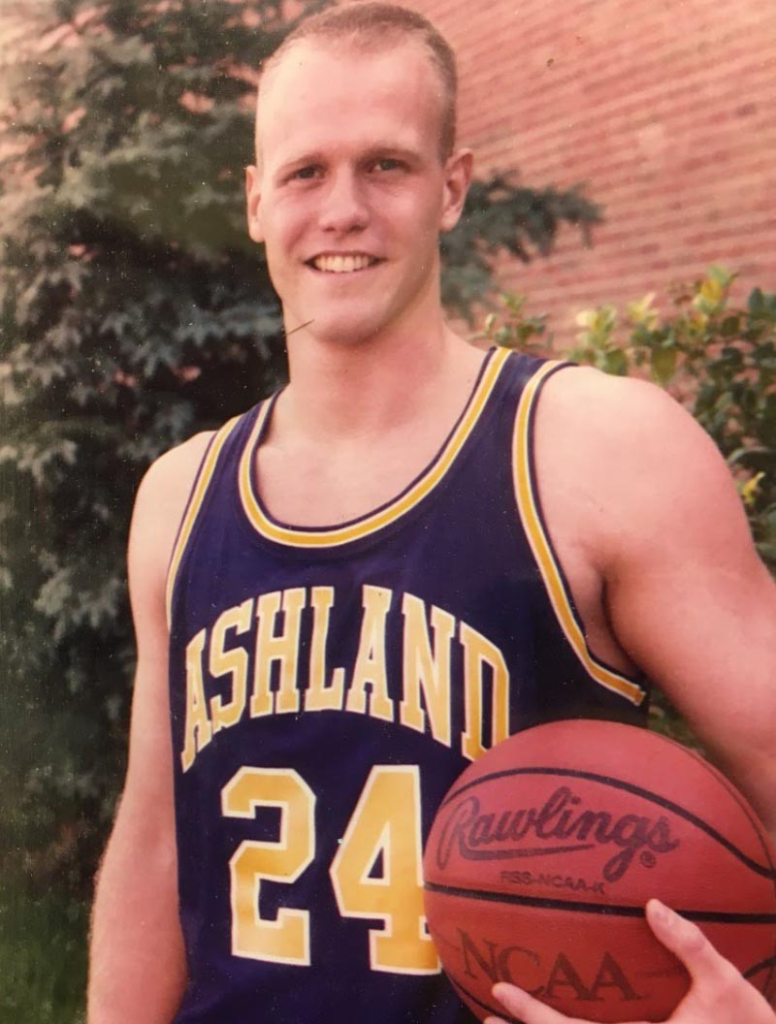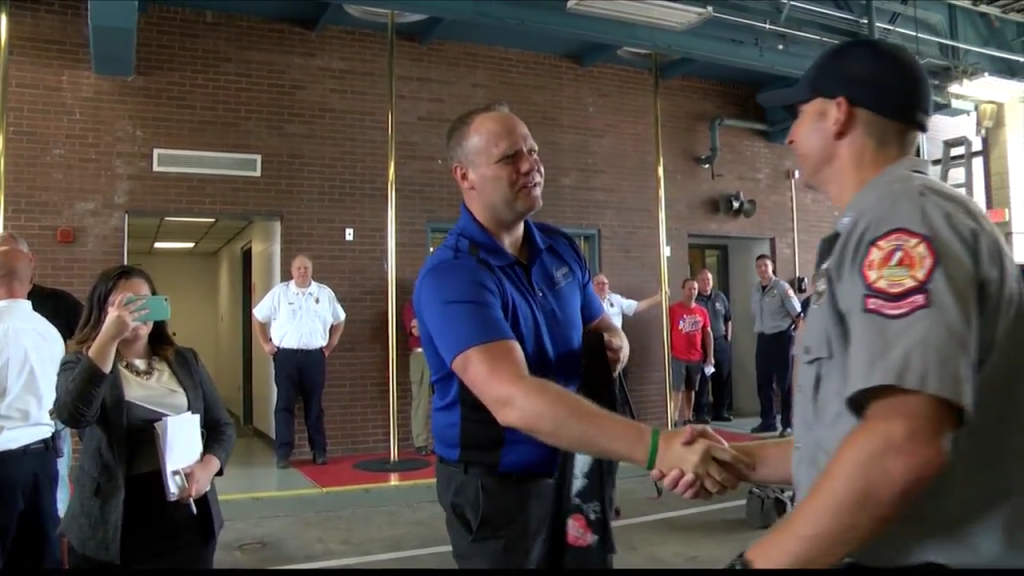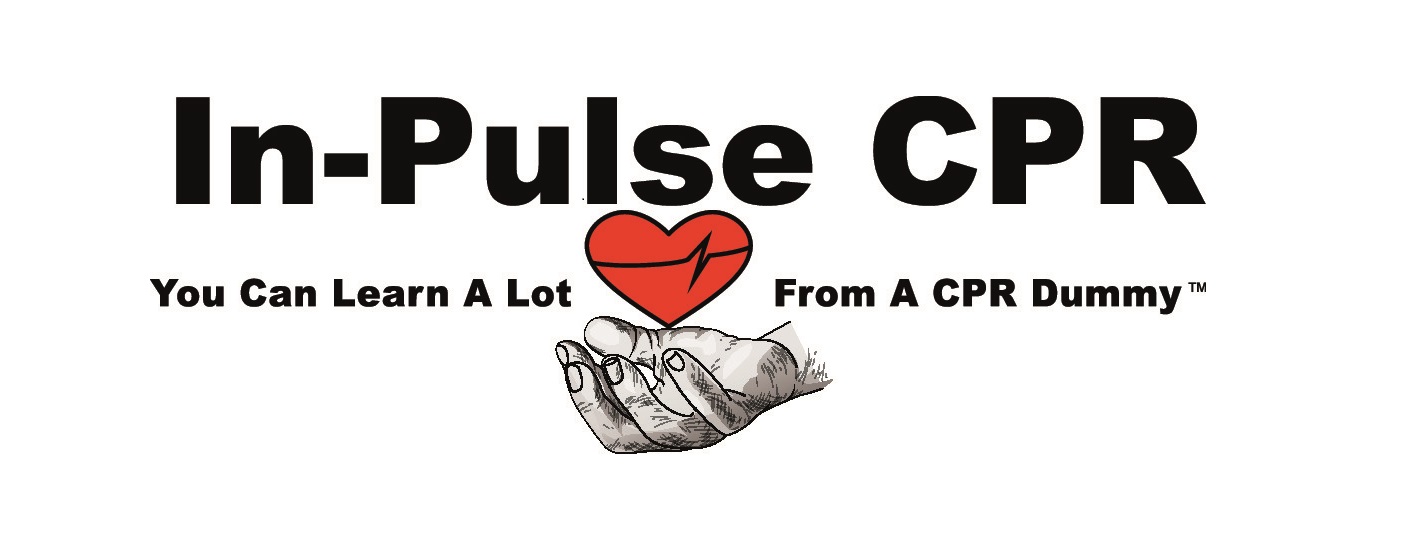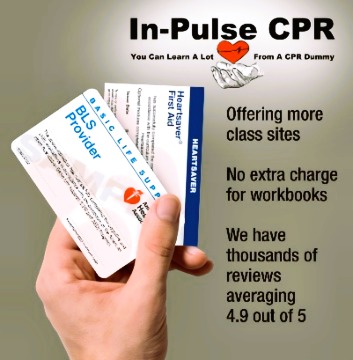SCA Survival Story: Athlete, Nick Knapp

From his first steps, Nick Knapp demonstrated an unwavering passion for sports. His athletic journey started with a dynamic mix of sports: springtime on the baseball diamond, winter grappling on the wrestling mat, summer splashes off the diving board, and boxing in the ring whenever the opportunity arose.
At just eight years old, young Nick found his passion and purpose on the basketball court, showcasing skills to set the stage for an exciting journey ahead. It was written in the stars, with his father, Terry Knapp, already carving out a legacy as a standout basketball coach.
Growing to an impressive 6-foot-5, Nick transformed into one of the nation’s top three-point shooting guards, showcasing his skills on the court with the intensity of a true competitor. His skills extended beyond the court, as he consistently achieved straight A’s in his classes, positioning himself as a highly sought-after recruit for college programs nationwide. By his sophomore year, Nick decided to commit to Northwestern University, drawn in by its impressive academic standing and close ties to home within the competitive Big Ten conference.
But destiny had a different game in mind, challenging Nick’s determination and underscoring the critical role of CPR training and swift emergency action.
It all happened one afternoon early in Nick’s senior year. The atmosphere was electric as Nick, his younger brother, and a few teammates took to the court for an intense pickup game in the school gym.
The energy was palpable, setting the stage for some thrilling action. After securing the rebound, Nick executed a textbook pass down the court, demonstrating his fundamental skills. He made a few strides forward, but in a shocking turn of events, he fell to his knees and went down hard.
In a stunning twist of fate, Terry Knapp and another trainer hit the gym at the right time. Their regular walking route faced an unexpected obstacle, compelling them to pivot and take this alternate path instead. Fortunately, the second coach doubled as an emergency medical technician!
As Terry sprinted to his son’s side, he anticipated encountering a common sports-related injury, maybe a sprained ankle or a damaged knee. His son was unresponsive, struggling for breath, and his skin was turning a worrying shade of blue.
Terry’s experience as a science teacher and certified CPR trainer had taken on a new significance, elevating his professional credentials to a new level. Despite having trained numerous students in the lifesaving techniques, he had yet to face the pressure of executing his training in a genuine emergency. The training surged into play in a high-stakes moment, with his son’s life hanging in the balance.
In a dramatic turn of events, one player hurriedly dialed 911, while Terry and his coaching partner promptly began administering CPR.
Their swift action kept Nick alive as the Peoria Fire Department raced to the scene with an automated external defibrillator (AED) in hand. After three intense shocks, Nick’s heart finally found its beat, resuming a sustainable rhythm that made everyone nervous during the intense event.
“You cannot underestimate the significance of on-site CPR training,” says Troy Bowman, CFO of In-Pulse CPR, a leader in community and workplace CPR education.
Troy adds, “Although online certifications are rising, they cannot match the invaluable hands-on experience and muscle memory from in-person training. In those critical moments when every second matters, you must let your instincts kick in from the practical on-site training you receive.”
At the hospital, doctors placed Nick in a medically induced coma to allow his oxygen-starved brain time to heal. When he regained consciousness days later, he experienced some short-term memory loss but gradually recovered all his physical and mental capabilities.
The medical mystery deepened when doctors could find no apparent cause for the cardiac arrest. Despite extensive testing, Nick’s heart appeared structurally sound. As a precaution, doctors installed an implantable cardioverter defibrillator (ICD) designed to detect and correct dangerous heart rhythms through electric shocks.
The year was 1994, and the medical consensus was clear and crushing: patients with ICDs were advised against strenuous exercise. “Your son will never be able to play basketball or even drive a car,” one doctor told Terry.
Terry’s immediate response was characteristic of his unwavering support: “That’s crazy. There’s nothing wrong with him.” He turned to Nick and asked if he wanted to continue playing. Nick’s answer was an unequivocal yes, though the experience had shaken his younger brother to the point that he never returned to basketball.
Refusing to accept the initial prognosis, Terry sought opinions from the nation’s top cardiologists, especially those doctors experienced with elite athletes. Their consensus offered hope: Nick could return to basketball, though they recommended sitting out his senior season. Northwestern University stood by its scholarship offer, agreeing with the medical advice to wait until college to resume play.
Nick approached this setback with characteristic determination. He said he believed it was a challenge he would conquer—that he could still serve as an inspiration for others facing similar circumstances. However, upon arriving at Northwestern, he faced another devastating blow: team physicians declared him ineligible to play.
The situation became even more challenging when Nick learned that he would have to attend practices and watch games from the sidelines to maintain his scholarship, a constant reminder of what he couldn’t do.
This requirement led to a legal battle that would become a landmark case in sports medicine and disability rights. “Knapp vs. Northwestern University” garnered significant attention in legal circles. However, the court ultimately overturned Nick’s initial victory on appeal.
Undeterred, Nick transferred to Northeastern Illinois University in 1997, making history as the first Division 1 basketball player with an ICD. However, this triumph proved short-lived when the school discontinued its NCAA basketball program due to funding issues after one season.
Still pursuing his dream, Nick moved to Ashland University in Ohio to continue playing. When his athletic eligibility finally expired, he shifted his focus from professional basketball aspirations to education, earning a master’s degree in educational administration.
In 2001, Nick’s defibrillator was removed due to repeated malfunctions. In an unexpected twist, doctors determined a replacement wasn’t necessary. Since then, he has experienced no cardiac issues and requires no medication. Now 47, Nick has built a successful life in East Peoria as co-owner of a large financial services firm.
While competitive basketball is behind him, Nick maintains an active lifestyle. His weekly routine includes regular gym workouts, cycling, golf, tennis, and pickleball. The experience has left him with a profound appreciation for life and an understanding of the importance of emergency preparedness.
Nick shows appreciation to the Peoria Fire Department by distributing an especially created T-shirt—giving thanks to the firefighters for saving his life. Watch the video regarding his latest visit.

Nick’s profound narrative highlights the significance of CPR training and the urgency of immediate response, highlighting a pivotal moment that has the potential to transform everything. In-Pulse CPR, a top CPR training provider with CPR classes in Tennessee cities like Manchester, Murfreesboro, and Crossville is making headlines by highlighting the ongoing need for proper training.
Troy Bowman is proud of In-Pulse’s onsite CPR training. He says, “Our on-site programs bring top-notch instructors directly to communities and workplaces, ensuring that participants gain hands-on experience with the appropriate techniques and equipment. It significantly transforms the process of skill development!”
He adds, “When an athlete goes down like Nick did, the urgency is palpable. The impact of in-person, professional training is undeniable. Our instructors are prepared to tackle specific questions, provide precise form corrections, and assist individuals in overcoming common hesitations that often accompany CPR. The level of preparation achieved here is unmatched, far beyond what you can get from merely watching videos or enrolling in online courses.”
Nick’s insights into his journey showcase a blend of wisdom and gratitude. Growing up, Nick never wanted to be defined by basketball, and he doesn’t like his heart issue to define him either.
His journey strongly reminds him of key life lessons: the unwavering spirit of perseverance when challenges arise, the significance of effective emergency response training, and the remarkable influence that well-prepared individuals can have during a crisis.
In a remarkable turn of events, a potential tragedy was transformed into a story of triumph and inspiration, thanks to a father’s quick thinking and CPR training, along with the swift response of emergency services. This incredible sequence of actions highlights the power of preparedness and teamwork during adversity.
The message is unmistakable: CPR training is indeed a game-changer. Therefore, hands-on instruction guarantees that individuals are primed— ready to act when the clock is ticking in emergencies. Nick Knapp’s journey highlights the impact skilled individuals can have during a cardiac event and underscores the critical need for readiness when facing these unforeseen hurdles.




